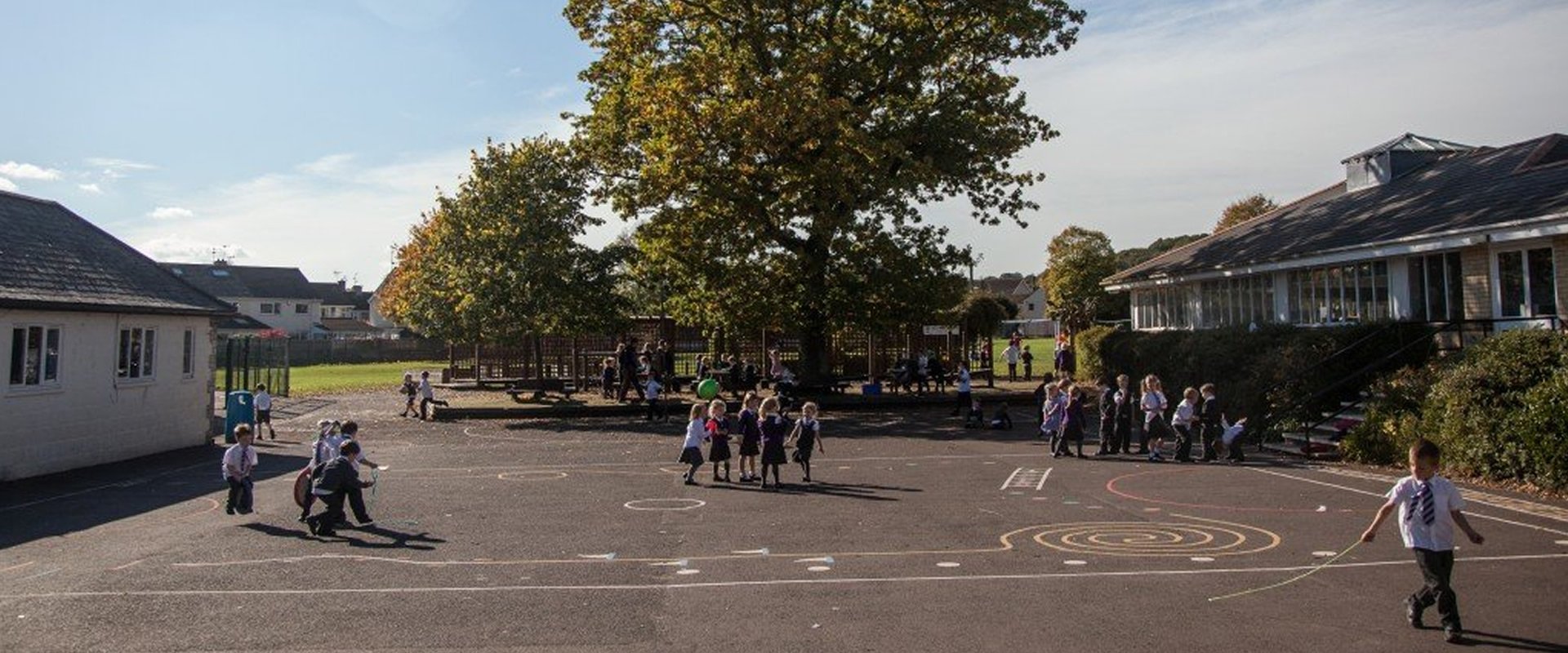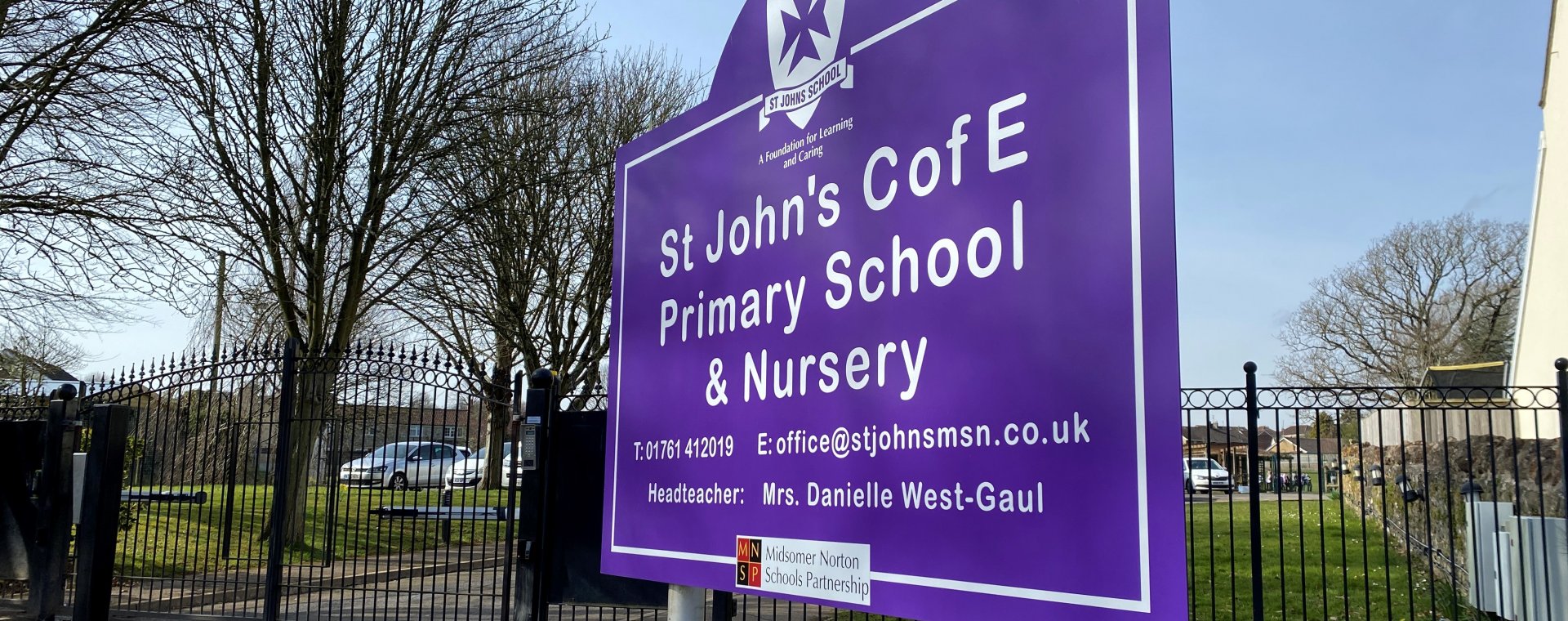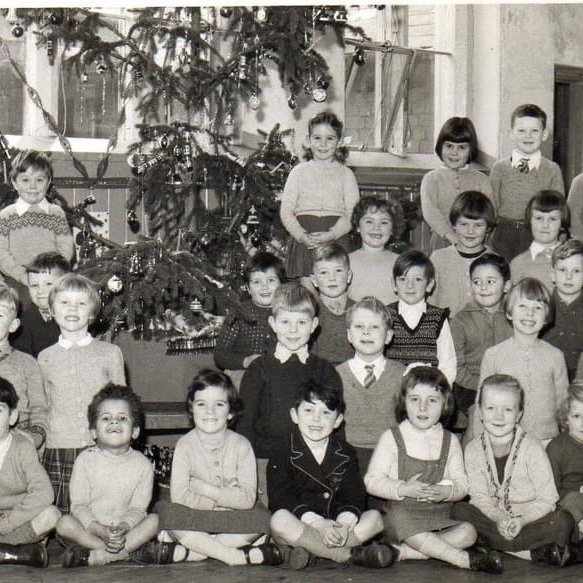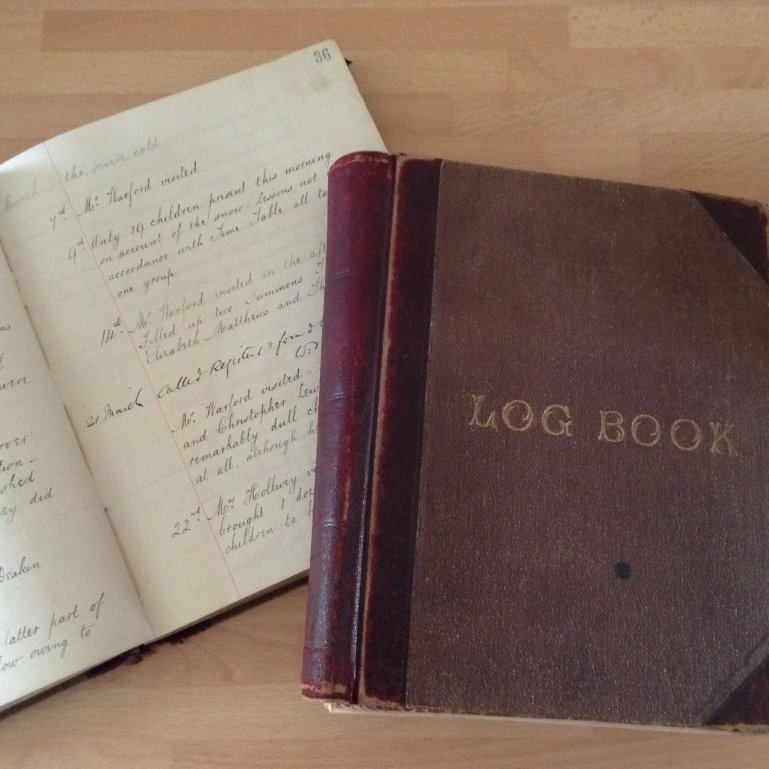The school had four benefactors and the school continues to remember them today. Four rooms and the pupil Houses are named in their honour:
Ann Harris (1699 – 1719)
In 1699, Ann Harris was born to a wealthy family in Welton. As a young woman she had ownership of land. She had a very highly developed religious outlook on life and was a devout Christian. Two years after her death at the age of 22 and in accordance with her will, Midsomer Norton Charity School was built. The purpose of the school was so that it should benefit 40 poor children and that they might be instructed “…in reading of the English Tongue and in writing and arithmetic”. The original school was situated on the north side of The Island on a plot of land belonging to the Ann Harris Trust. The school was known as the Charity School.
In 1840 another piece of the Ann Harris Trust’s land was used to build a new school building. This land was situated in Redfield Road on a part of the land known as Richmond’s Thorn or Richman’s Thorn. The school was to accommodate 184 children. All of the children attending the Rackvernal Road school, (except for the infants), were moved into the new building and were joined by those who attended the old Charity School. They all continued to receive free education. In 1841 the girls were moved from the new building to the school in Rackvernal Road, so that a new Infant School could be started in the Redfield Road premises
Reverend Charles Otway Mayne
The Reverend Charles Otway Mayne was a vicar of St John’s Church when the school building in Redfield Road was opened. A document exists, signed by the vicar, entitled:
“Feed my Lambs”
Midsomer Norton Infant School
Commenced January, 1841
“The object of this Institution is to benefit the younger children of the parish by affording them safety and comfort whilst the parents are engaged; and by instructing them upon such a plan as will promote their health and improve their morals, whilst it renders them cheerful and happy.”
The Rules of the school are outlined as well as a clear indication of the religious principle on which the school was founded.
Ralph Sperring (1909 – 1990)
Ralph Sperring was a carpenter and builder by trade and lived with his sister Irma in Berkley House, Redfield Road, Midsomer Norton.
During the 1950's and even until he was quite elderly, Ralph Sperring, was always out and about in Midsomer Norton. He was always wearing a cap, a brown decorator’s coat, carrying ladders, painting materials and other equipment needed for decorating. He was a tall, thin man and always had a very red face. Even though he tended the properties of his tenants, he left his own rambling house to remain in a time warp. On 29th January, 1990 the local newspaper reported the death of Ralph Sperring, at the age of 81. One headline, across six columns read:
“lonely miser who lived on stale bread leaves 2½ million pounds.”
It seems that much to the surprise of his neighbours; Ralph Sperring had left his entire fortune to the tenants of some 40 properties he owned in the town.
Today the Ralph and Irma Sperring Trust supports many people in the local community; including housing, providing assistance with community centres and sports facilities. One of its aims is to provide financial support for young people at school who need musical instruments and tuition. St John’s and its pupils have frequently benefited from the generosity of the Sperring Trust.
Sophia Kelston
Sophia Kelston is one of the four benefactors associated with St John’s School.
Because the population of Midsomer Norton nearly doubled between 1801 and 1831, it soon became clear that one charity school (the one built by the Ann Harris Trust) would not be enough to adequately serve the educational needs of the area. In 1830, a new school was erected for 74 pupils.
The Sophia Kelston Trust provided the finance for this project as well as a part of the field known as Rack Furlong. Sophia Kelston was “desirous of establishing a school in Midsomer Norton for the children of the poor”. This new school was built at the end of what is now Rackvernal Road, although Rackvernal Road itself was not constructed until 1888. In 1831, the control of the school passed from The Sophia Kelston Trust to the National Society for the Education of the Poor in the Principle of the Established Church. However, because of the length of its title, the school was more commonly known as the National School. Children from the National School were moved to the new school in Redfield Road in 1841. In 1884 the school building in Rackvernal Road was extended.






